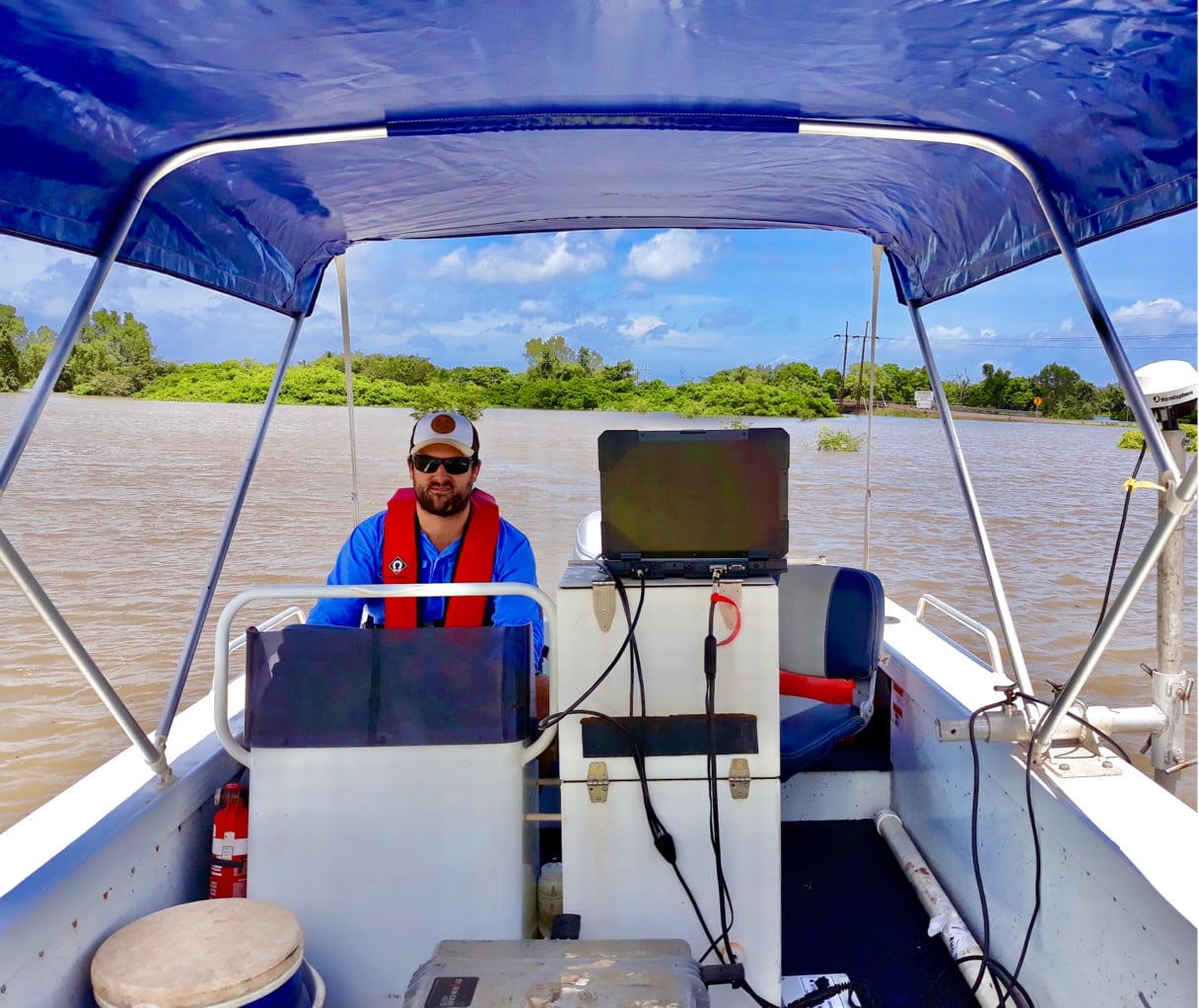
Australia’s Northern Territory has around 250,000 people in two very distinct climate zones – the tropical climate in the North and the desert in the central region. Uluru is one of 27 national parks spread across several ecoregions, and there is an extensive series of water systems that are vital to this biodiversity. The Water Act is a critical component to ensuring the health and safety of the region’s water. The statute provides for the investigation, allocation, use, control, protection, management, and administration of water resources. This encompasses a lot of tasks including water assessment, planning, regulation, monitoring, flood forecasting, and maintaining good aquatic health.
To do this job, the Water Resources Division collects a large amount of data from a combination of in-field monitoring and sample gathering. Turning that data into actionable insights that are often required in real-time—like water contamination or flooding events—is crucial. As important, is generating compliance reports, issuing permits, assessing impacts for water bore drilling, and forecasting to predict and preserve water for future generations.

“The new requirements for reporting are not what they were 20 years ago and our old legacy system was just not able to structure and manage the data, to create what we and our stakeholders needed,” said Aidan Smith, Water Data Systems Manager for Department of Environment, Parks and Water Security (NT DEPWS). “The real turning point for me was when I realized the old system was actually a threat to our agency’s data. Reporting was dependent on coding, which is not only laborious and old school for end-user software but if there were coding errors, the data was compromised” said Aidan.
“We knew the technology we needed was available and it doesn’t come at a huge cost, so it came down to bringing the team on board to select the best tools to make for a smooth migration.” Not unlike many government agencies, Northern Territory had been using a legacy hydrological data management system that had not only become a bear to manage but it wasn’t able to generate the level of reporting that is required by the department.
Changing a core software platform is a once in a generational change and requires bringing as many stakeholders to the table as early as possible. Aidan set about developing a technology roadmap, followed by a business case that necessitated the need for change. “A successful integration comes from rallying the team – with everyone involved in choosing the new system, the needs become obvious, making the decision much easier,” said Aidan.
The real turning point for me was when I realized the old system was actually a threat to our agency’s data.


NT DEPWS chose to migrate to the AQUARIUS platform by Aquatic Informatics as the program is designed to current industry standards and had solutions to their list of needs and wants. High on the wish list of needs for the program was accessibility. “With many stakeholders across departments and hydrologists in the field using different applications like Power BI, Excel, or Tableau we need our data to be user agnostic. By this I mean whatever applications they are using they should still be able to extract our data or upload their data,” said Aidan.
The new system makes it easy for users to integrate, import, and enter data quickly from wherever they are, so NT DEPWS can now effectively manage all environmental information in one place. This gives us a greater level of transparency and makes data sharing with external stakeholders such as the public, universities, and private businesses much easier.
Data integrity was also something that needed to be fixed. With about a dozen hydrographers accessing the platform every day, it was vital to have a single source of truth to securely centralize all environmental sample data, metadata, and workflows in the cloud. AQUARIUS streamlines the management of continuous water data with powerful data processing tools. There is no coding required for data entry or report generation. As an intelligent enterprise data management solution, it automates data storage, processing, and workflows. The interface is designed to be intuitive with tools to help with complex tasks like rating curve creation and data corrections.
We come to work to enact the NT water act – we all have a role to play and in choosing AQUARIUS we now have robust reporting tools which integrate nicely with our other business systems and reporting products


Data visualization through WebPortal makes it easy for users to explore and access the information they need. “This has decreased the burden on system administration for NT’s data analysts allowing them to focus on higher-level analysis,” said Aidan. The new program speeds up data discovery, can search all data or specific parameters, and provide in-depth analysis.
Having access to reliable data through a user-friendly portal means that NT DEPWS now has a live snapshot of environmental conditions – like current water quality states, flooding locations and rainfall statistics– making it easy to zero-in on the most critical data. Customizable visual dashboards can include charts, grids, meters, webcams, YouTube videos, and Twitter timelines for a compelling view of environmental indicators.
The migration process from the legacy system to AQUARIUS took under three months. This was achieved through the strong collaboration between Aquatic Informatics and NT DEPWS, with the focus on meeting key timelines and their determination to embrace the new system. NT DEPWS now has greater visibility of data and audit tracking in a centralized system. There is no longer a need for duplicate files or data, there is now a single source of truth. As Aidan puts it “We come to work to enact the NT water act – we all have a role to play and in choosing AQUARIUS we now have robust reporting tools which integrate nicely with our other business systems and reporting products.”
